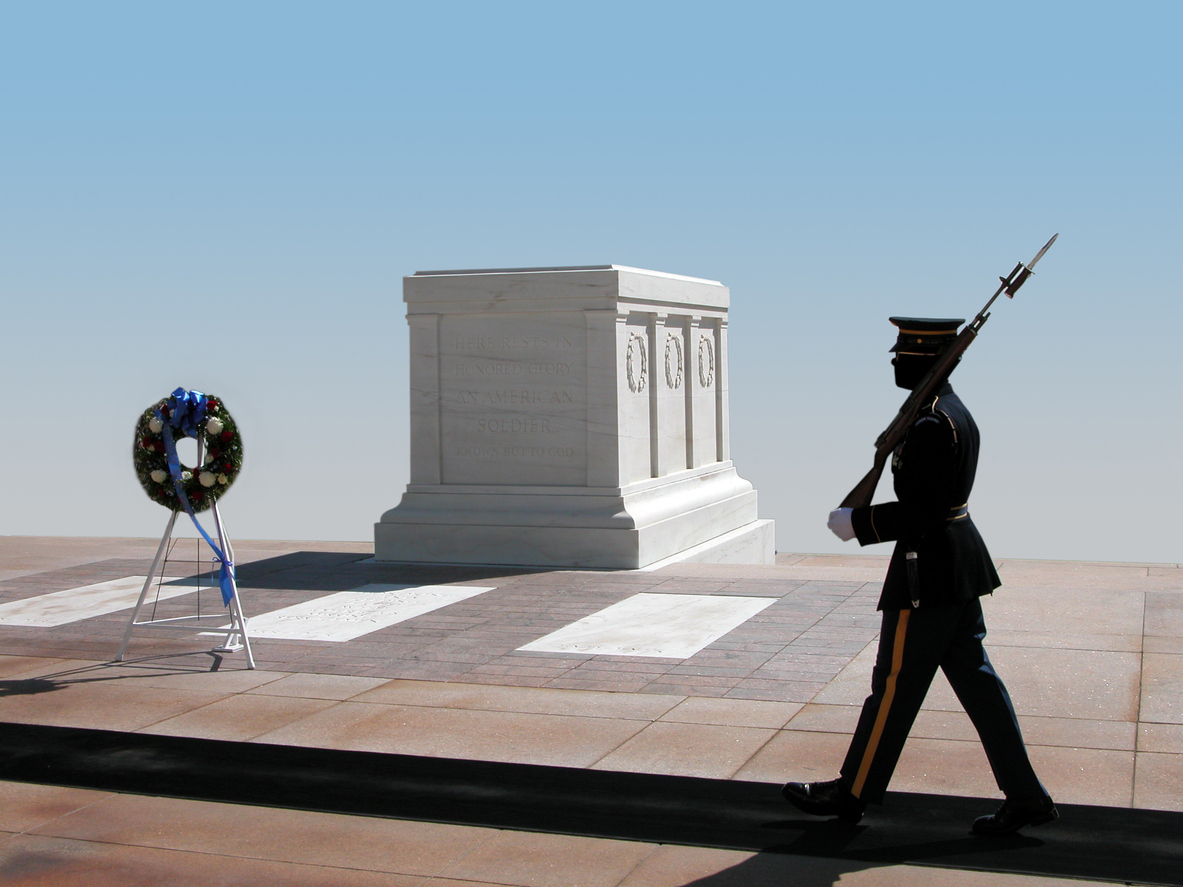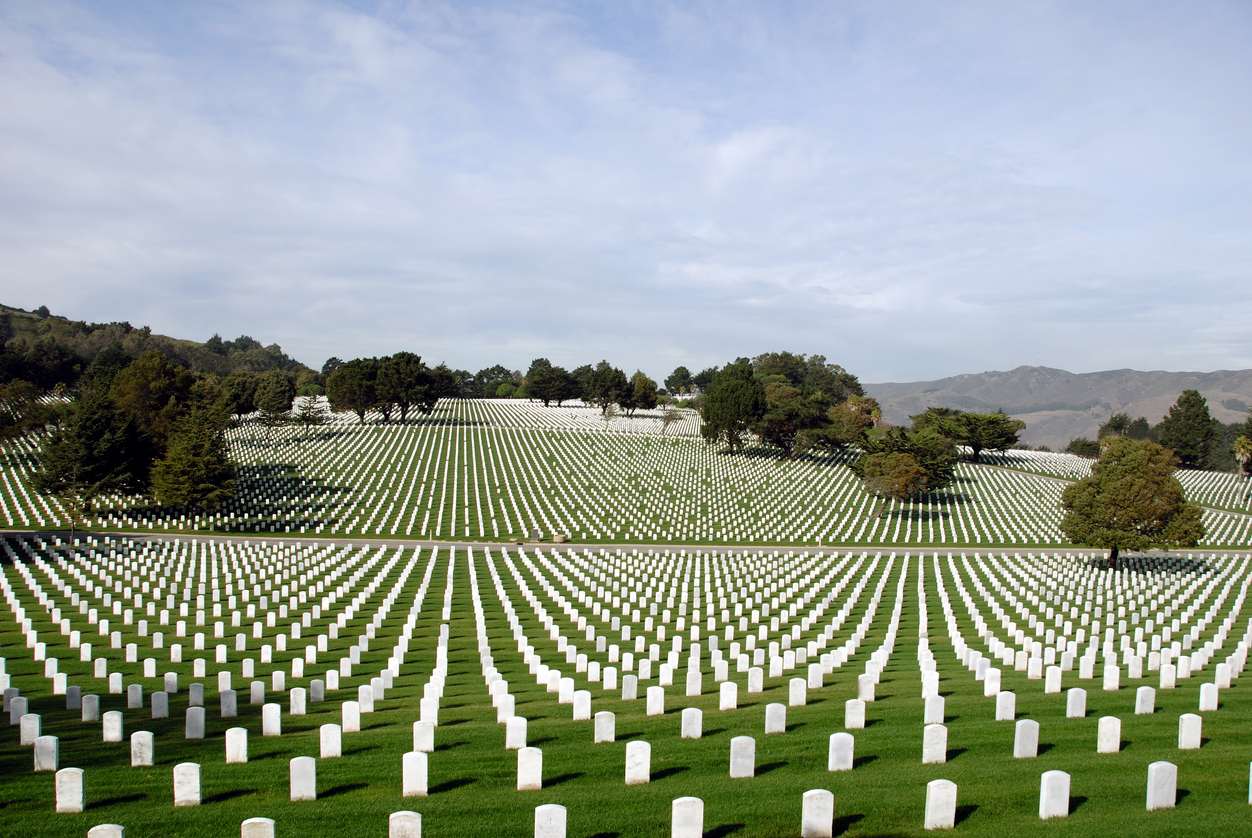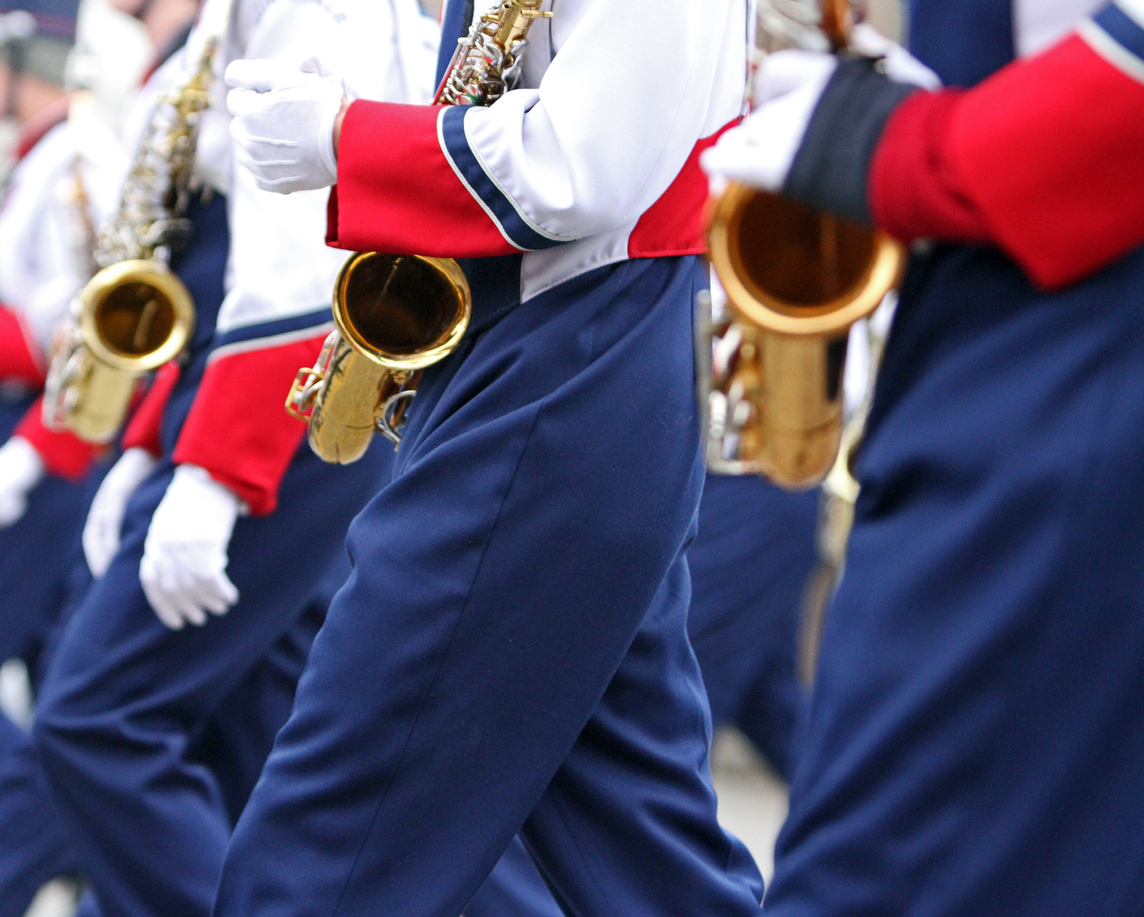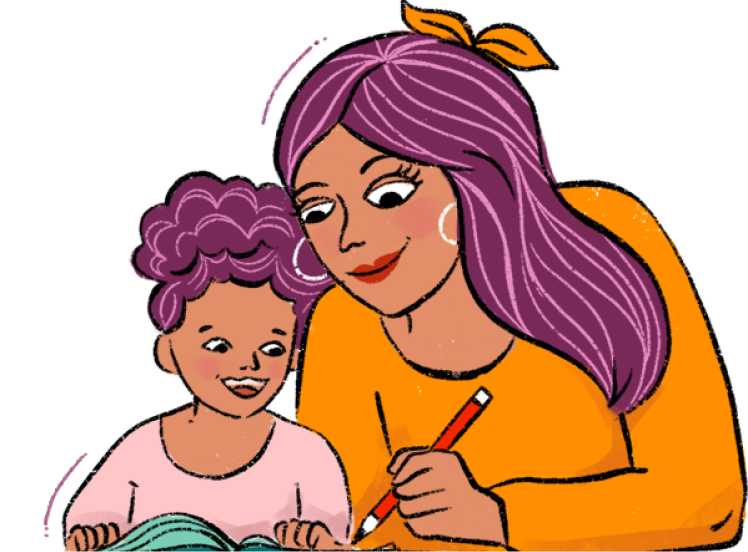
National holidays are a great opportunity to teach ourselves and our children about history. For example, the Memorial Day holiday is considered the official start of the summer season and is often celebrated outdoors with family. But what is the meaning and history behind Memorial Day, and how do we incorporate that into our family celebrations? The truth is that the holiday isn't about celebrating the start of summer; it's about honoring all the soldiers who have died while serving our nation.
More from MamásLatinas: Everything about Juneteenth & why US Latinos should celebrate it
When you really know the history of Memorial Day, it's hard to think of it as anything other than somber, but it's important for every one of us at every age to remember and celebrate the lives and the ultimate sacrifice made by those in the military. If that's hard to convey to a child, you can explain to them that what we are celebrating is the bravery of those who died fighting for our nation. Learn more about the origins and history of Memorial Day and how you can celebrate it with your family in a way that is educational, fun, and respectful.
It started as a response to the many deaths during the Civil War.

The US Civil War ended during the spring of 1865. So many people died in that war that the country had to establish national cemeteries. National cemeteries are burial places for members of the armed services.
Before it was Memorial Day, it was Decoration Day.
In the late 1860s, springtime observances that involved decorating the graves of fallen soldiers with flowers started taking place in American cities and towns and were referred to as Decoration Day. No one really knows where the first Decoration Day was observed, although various places claim to be the first.
In 1868, General John A. Logan called for a nationwide day of remembrance.
“The 30th of May, 1868, is designated for the purpose of strewing with flowers, or otherwise decorating the graves of comrades who died in defense of their country during the late rebellion, and whose bodies now lie in almost every city, village and hamlet churchyard in the land,” said General John A. Logan, who was the leader of the Northern Civil War veterans at the time.
After World War I, the holiday evolved.

Memorial Day started off as a way to honor fallen soldiers from the Civil War, but after World War I, it became a holiday to acknowledge and pay respect to fallen members of the military regardless of the war they fought in.
In 1966, Waterloo, New York, was declared the birthplace of Memorial Day.
Even though no one can definitively say where the first Memorial Day observance was held, Waterloo, New York, was declared the birthplace by the federal government in 1966. Why? Because the city's annual celebration could be traced back to May 5, 1866, and was a community-wide event that included businesses closing.
In 1968, Congress passed the Uniform Monday Holiday Act.
For a long time, Memorial Day was celebrated on May 30, as per the suggestion of General John A. Logan. However, in 1968 Congress passed the Uniform Monday Holiday Act, which established the last Monday of May as the official nationwide day to observe Memorial Day so that federal employees could have a three-day weekend starting in 1971.
Ways to celebrate as a family.

Although Memorial Day commemorates the death of fallen soldiers, that doesn’t mean we can’t respectfully celebrate the lives of those who died while serving our nation. We celebrate to honor and thank them. You can do this as a family in the following ways.
At 3 p.m., observe a moment of silence.
In 2020, the National Moment of Remembrance Act was signed into law. The National Moment of Remembrance was created as an effort to encourage all Americans to observe a minute of silence at 3 p.m. local time on Memorial Day to honor and remember those who died serving our nation.
Help decorate gravesites.
If you live near a national cemetery, you could visit and leave fresh-cut flowers on gravesites. If you don’t live near one, you can donate to the Memorial Day Flowers Foundation so that volunteers can place flowers on veteran gravesites across the nation.
Attend a parade.

Do a quick online search for Memorial Day parades near you, and go! You’ll get to cheer on your local marching band, veterans, and participating organizations. Bring a flag so you can wave it as the parade goes by.
Watch the National Memorial Day Concert.
This yearly concert has been televised for over 30 years and features “uplifting musical performances, documentary footage and dramatic readings, [and] has become an American tradition and is one of PBS’ highest-rated programs.” It’s a great learning experience that also includes celebrities sharing real-life stories of the nation’s military conflicts throughout history. Check your local listings or the event’s webpage for date and time.
Decorate your home.
Add some red, white, and blue decorations to the inside and outside of your home. After making sure your kids know the significance of the holiday, let them get creative with ribbons, construction paper, or any other art supplies in red, white, and blue that you have on hand.
Explain the difference between Memorial Day and Veterans Day.
It doesn’t have to be a long lecture, but it’s important to remind children that Memorial Day—celebrated yearly on the last Monday in May—is about honoring those who have died in the line of duty. Whereas, Veterans Day—celebrated yearly on November 11—is about honoring all who have served in the military.
Fly a US flag at half-mast until noon.

If you have a flag at home, it should be flown at half-mast on Memorial Day from sunrise until noon to honor fallen soldiers. The rest of the day, it should fly at full-mast to honor living veterans.
Watch and learn.
There are a ton of great resources available online, like this video from PBS Kids, that you can watch as a family to learn more about the holiday. You could also watch age-appropriate movies that help your family truly understand the sacrifices made by those in the military.

